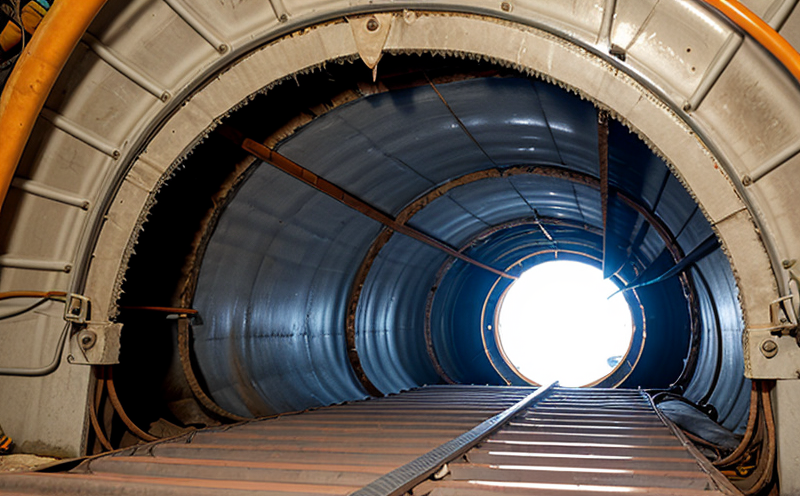Duct leakage inspection
When inspecting HVAC and ventilation systems, duct leakage is a critical issue that impacts energy efficiency, indoor air quality, and overall system performance. Ducts are the backbone of an HVAC and ventilation system, responsible for delivering conditioned air to various zones within a building. However, even small leaks can lead to significant inefficiencies by allowing conditioned air to escape into unconditioned spaces or outdoors.
Leakage typically occurs when there is insufficient support or inadequate sealing at joints and connections in the ductwork. This can result from poor installation practices, aging infrastructure, or environmental factors over time. Addressing these leaks requires a detailed inspection process that identifies areas of concern accurately. The goal is to minimize airflow losses while maintaining optimal system performance.
The importance of detecting and repairing duct leaks cannot be overstated. A well-executed inspection helps ensure the integrity of the HVAC system, leading to improved energy efficiency and reduced operational costs. By addressing these issues early, organizations can prevent further deterioration that could lead to more extensive repairs down the line. Furthermore, ensuring compliance with relevant standards enhances confidence in the quality and reliability of the service.
One common method used for identifying duct leaks is through a pressurized leak testing procedure. This involves applying air pressure within the duct system while monitoring points throughout the structure. Any discrepancies between expected and actual airflow indicate potential areas where sealing improvements may be needed. Another approach utilizes smoke visualization techniques, which involve introducing harmless smoke into the ducts to observe its distribution.
For accurate results, it is essential to follow established guidelines such as those outlined in ASHRAE Standard 90.1 (Energy Standard for Buildings Except Low-Rise Residential Buildings). These standards provide comprehensive recommendations regarding acceptable levels of leakage and best practices for conducting inspections effectively. Compliance with these regulations not only ensures high-quality outcomes but also supports broader sustainability goals by promoting efficient use of resources.
It is worth noting that ductwork can be located in various locations within a building, including attics, crawl spaces, ceilings, walls, or floors. Depending on the specific configuration and design considerations, certain sections might present unique challenges during an inspection. For instance, if there are multiple floors to examine, it may require additional time and effort compared to single-story buildings.
Applied Standards
| Standard | Description |
|---|---|
| ASHRAE Standard 90.1 | Establishes minimum requirements for energy efficiency in buildings and supports best practices for HVAC system design. |
| ISO 5237-1 | Describes methods for determining air leakage through duct systems. |
| EN 1896:2014 | Provides guidelines on measuring and assessing the airtightness of building constructions, including HVAC components. |
| ASTM E783-15 | Sets forth procedures for measuring air leakage in buildings using fan pressurization methods. |
Benefits
Reduces energy consumption by minimizing unnecessary airflow losses.
Promotes better indoor air quality by preventing unfiltered outside air from entering the conditioned space.
Enhances overall comfort levels within occupied areas of the building.
Sustains structural integrity over time, reducing the risk of mold growth and other microbial issues associated with compromised ductwork.
Duct leakage inspections contribute significantly to maintaining a healthy and efficient HVAC system. Regular checks help maintain optimal performance parameters while ensuring long-term sustainability goals are met.
Quality and Reliability Assurance
Conducting thorough pre-inspection surveys to understand existing conditions before initiating any repairs.
Utilizing advanced diagnostic tools such as thermal imaging cameras to identify hidden defects that may not be visible during visual inspections alone.
Implementing rigorous quality control measures throughout the inspection process, including repeated testing cycles where necessary.
The combination of these practices guarantees consistent and reliable outcomes across all projects undertaken by our team. Ensuring high standards of workmanship and adherence to industry best practices builds trust among clients and demonstrates commitment to excellence.





